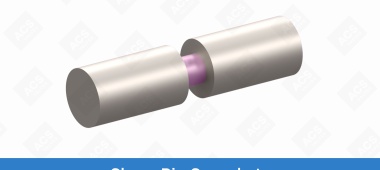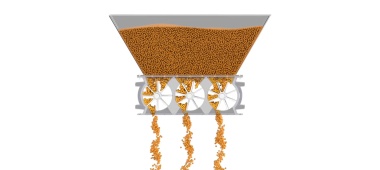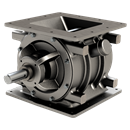Why you shouldn't size your airlocks for 100% pocket fill
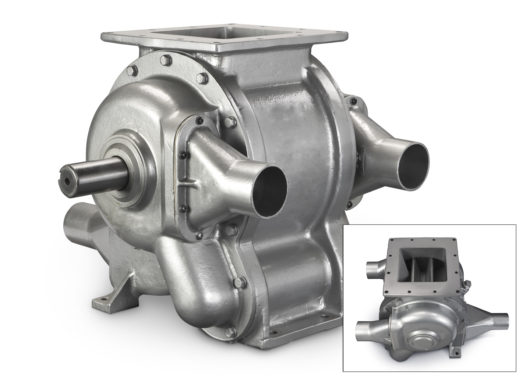
While most airlocks can be classified as a type of feeder valve, not all feeder valves are airlocks. This means using the same methods to size all of your feeder valves could be resulting in a lower-than-expected filling efficiency.
To achieve the material feed rate requirements, certain key application details need to be reviewed.
Material feed rate required
Think of your airlock size and material feed rate like a bowl of cereal. You don’t pour cereal all the way to the top of the bowl—if you did, there wouldn’t be any room for your milk and sliced bananas.
The same goes for your airlocks: you shouldn’t size your valve at 100% pocket fill because you need to leave room. It’s important to take into account variables like air leakage and changes in material bulk density or material flow. We recommend 70% pocket fill for most applications to ensure that the product rate is achieved.
Material Bulk Density
Some materials have a ranging bulk density that could lead to reduced capacity and throughput. For example, cement dust has a PCF that ranges between 65 and 90 when aerated. Lowered bulk density reduces the amount of material that an airlock can convey.
It’s important to calculate your valve size using the lowest (lightest) bulk density to ensure the correct material rate is achieved.
Material Characteristics & Flow-ability
Different materials mean different concerns.
There will be times that you encounter some products that just don’t flow as well as others. These types of products need special considerations when selecting the size of the rotary airlock valve.
Wood dust is very light (12 PCF on average). With lighter products, we recommend upsizing your rotary airlock valve. A larger valve inlet will achieve a more uniform product flow and prevent material build up on the inlet flange.
For more abrasive materials, we also recommend that you upsize your rotary valve, while also reducing your rotations per minute (rpms), or valve speed. This will ensure less wear on your machinery, and a longer lifespan for the valve. Wear can also be mitigated with a few abrasion resistant options that will extend the life of the valve even further.
Flow can also be affected by the moisture content in your materials, improper venting of the airlock or lack of venting to relieve air leakage from the pressure conveying line and the speed of the valve.
Valve Speed
Each individual valve has an effective maximum speed that can vary by its size and manufacturer. If you’re upsizing your valve, you can gain more meters per rotation—and as a result fewer rotations per minute (rpms)—while still achieving your estimated material flow rate.
Rotary valves don’t come in one-size-fits-all solutions for your applications, but taking the proper steps to size your valves can help make sure you maximize the efficiency and ROI of your machine. Avoid excessive maintenance and productions loss time without having to sacrifice any material flow.
Categories: Difficult Products
Go ahead, make your valve
Put your own spin on our customizable valves to get the best valve for your application, material and industry.

We have a series of items available for quick shipment
Items include: Pressure blower packages, MD Series, S-Pellet Series, Diverter Valves, Flex Tip Series, Screw Conveyors
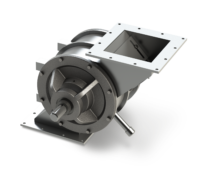
How to: Check rotor-to-housing tolerances
Keep your rotary airlock valve compliant with NFPA guidelines and maintain strong performance by checking your rotor-to-housing clearances regularly.

Newsletter
Stay informed on all things ACSWe’ll keep you up-to-date on the latest valve how-tos, handy tips, and news from ACS. It’s totally free and you can opt out at any time.

